Understand
Situated in the middle of the desert, this crossroad is a crucial hub for local transportation. If you're planning a trip to Cabo de la Vela, you'll definitely pass through here. While it may seem like a small stop, it has everything you need, from a few food stalls to reliable taxi services. It's a necessary pitstop on your way north, especially if you're traveling along Troncal 90. Don't miss the chance to explore this unique desert oasis!
Get in
If you're in Santa Marta, Palomino, Riohacha, or any other stop along the coast, you can take a bus to Maicao. Don't forget to ask the driver to stop at Cuatro Vias, which is the point from where you can continue your journey to Cabo de la Vela in the North or San Juan del Sur in the South.
Map & Climate
Popular Foods
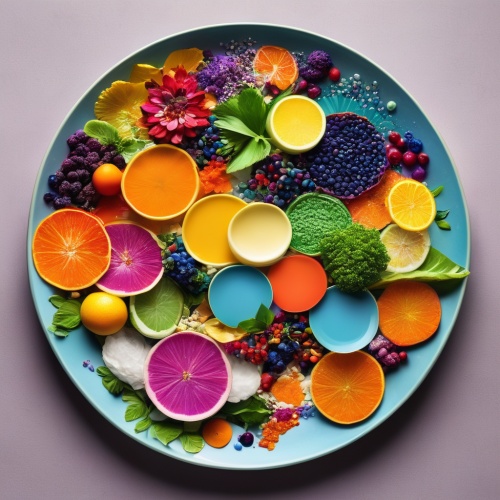 Bandeja Paisa: This hearty platter is a staple in the Colombian cuisine and typically consists of white rice, red beans cooked with pork, ground beef, chorizo sausage, morcilla (blood sausage), plantains, avocado, ground meat, and a fried egg. It's often served with an arepa, a corn-based bread, on the side.
Bandeja Paisa: This hearty platter is a staple in the Colombian cuisine and typically consists of white rice, red beans cooked with pork, ground beef, chorizo sausage, morcilla (blood sausage), plantains, avocado, ground meat, and a fried egg. It's often served with an arepa, a corn-based bread, on the side. 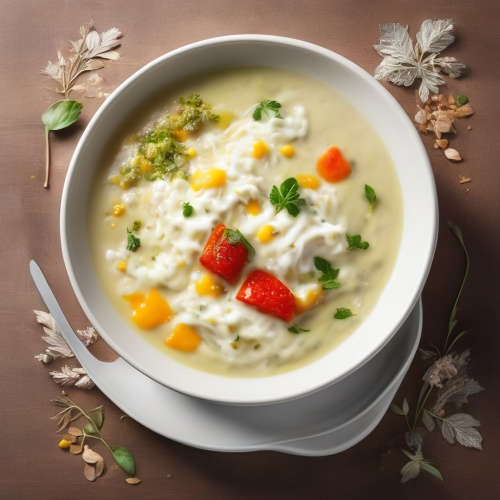 Ajiaco: This traditional Colombian soup is made with chunks of chicken, corn, potatoes, avocado, and guascas (a type of herb). Served hot, it is typically accompanied by a portion of white rice, capers, heavy cream, and an avocado slice. The unique taste comes from the combination of the herbs and spices used in its preparation.
Ajiaco: This traditional Colombian soup is made with chunks of chicken, corn, potatoes, avocado, and guascas (a type of herb). Served hot, it is typically accompanied by a portion of white rice, capers, heavy cream, and an avocado slice. The unique taste comes from the combination of the herbs and spices used in its preparation. 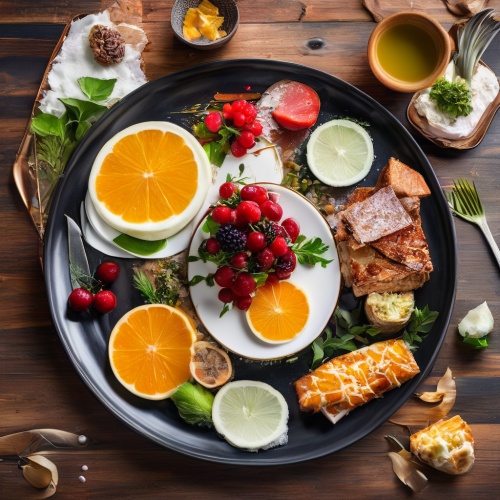 Arepas: These versatile, round corn-based breads are a staple in Colombian cuisine. They can be found everywhere, from street vendors to restaurants. Traditionally made with pre-cooked corn flour called masarepa, they come in a variety of flavors like plain, cheese, or sweet ones with coconut or cinnamon. Arepas can be served warm, either halved and buttered, or split and used as a pocket bread filled with tasty ingredients such as meats, cheeses, or vegetables.
Arepas: These versatile, round corn-based breads are a staple in Colombian cuisine. They can be found everywhere, from street vendors to restaurants. Traditionally made with pre-cooked corn flour called masarepa, they come in a variety of flavors like plain, cheese, or sweet ones with coconut or cinnamon. Arepas can be served warm, either halved and buttered, or split and used as a pocket bread filled with tasty ingredients such as meats, cheeses, or vegetables. 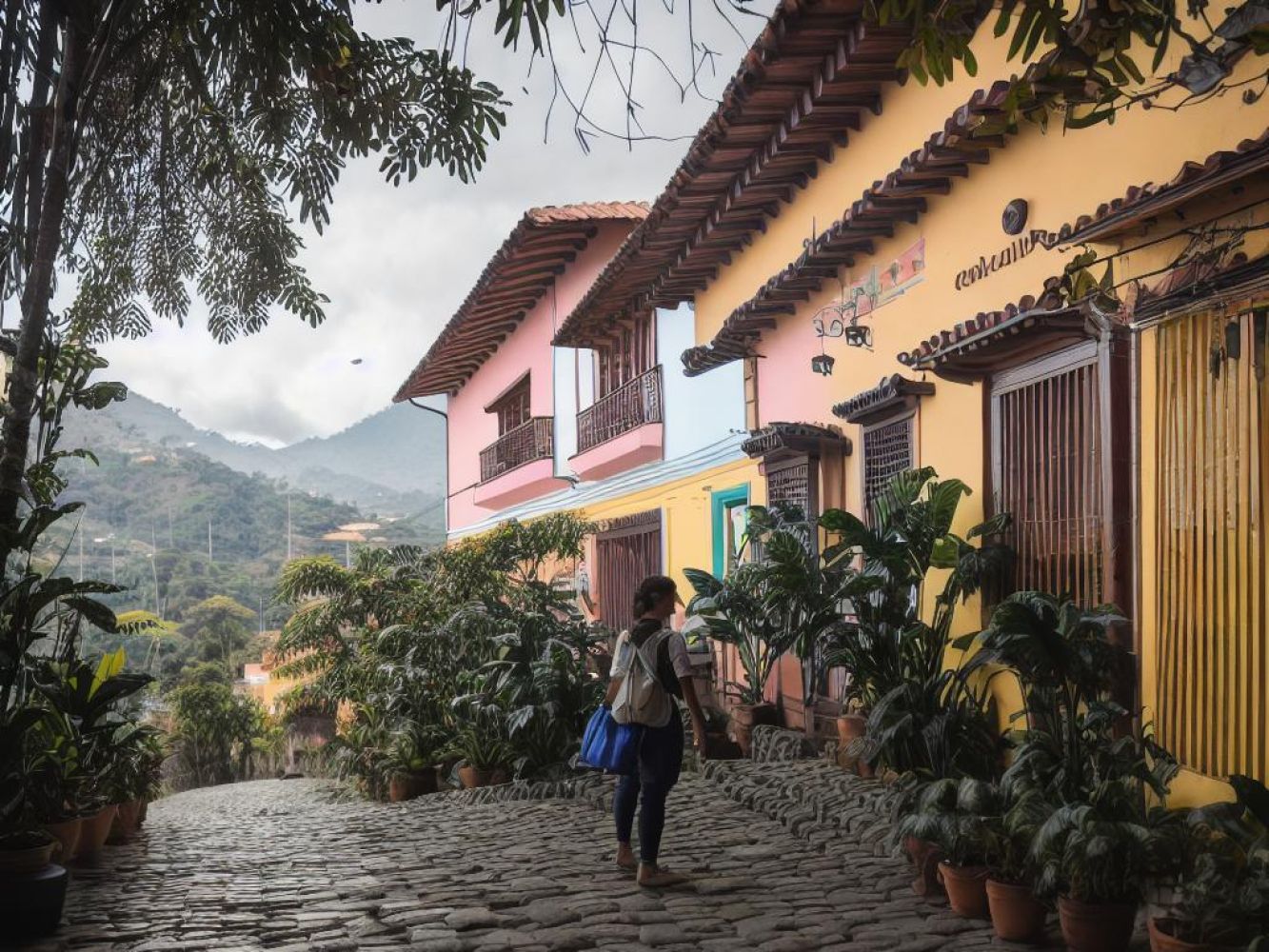
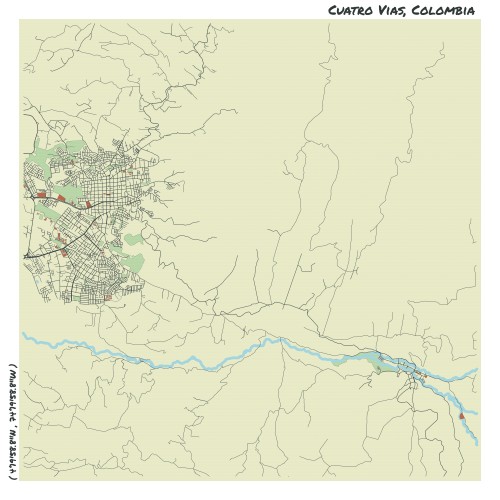

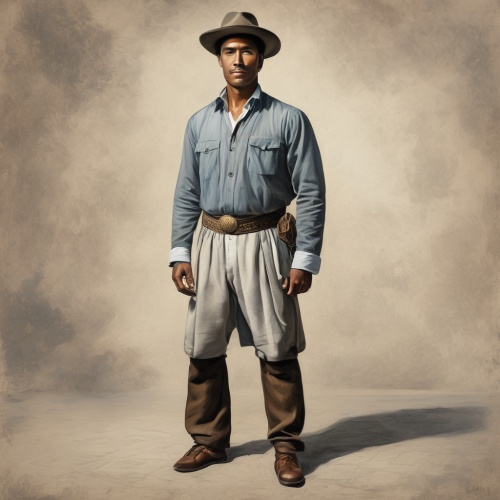

Comments
NO COMMENTS